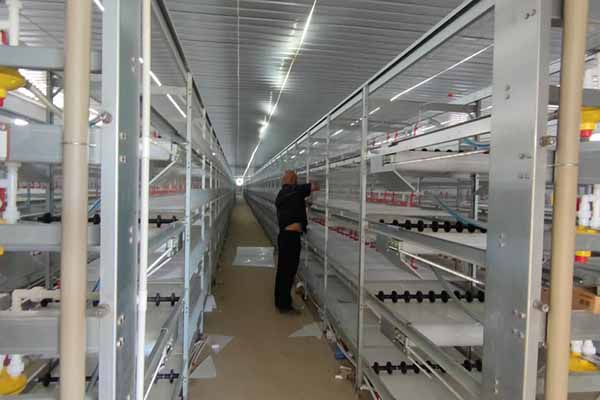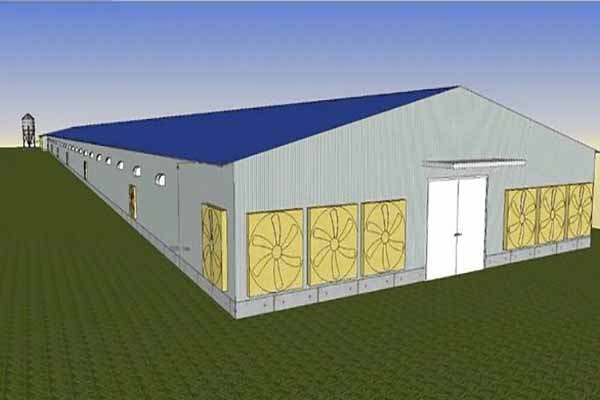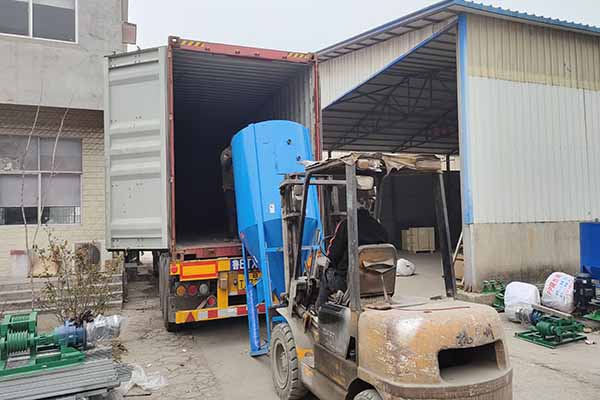Cage for NGO-Supported Farms: Enhancing Poultry Farming Efficiency
NGO-supported farms play a crucial role in promoting sustainable agriculture and improving rural livelihoods. One significant aspect of these farms is poultry farming, which, when managed efficiently, can contribute significantly to the farm’s profitability. This article discusses the importance of selecting the right cage system for NGO-supported poultry farms and provides insights into the benefits of utilizing modern, efficient cage systems.

Understanding the Importance of Cages in Poultry Farming
Poultry farming involves the rearing of birds for meat or eggs. Cages are an essential component of poultry farming as they provide a controlled environment that promotes the health and well-being of the birds. Here are some key reasons why the right cage system is crucial for NGO-supported farms:
- Health and Comfort: Cages help in reducing the spread of diseases among birds, which is particularly important in crowded conditions. Properly designed cages also ensure that birds have enough space to move around comfortably.
- Productivity: Efficient cage systems can enhance the productivity of poultry farms by providing optimal conditions for growth and egg production.
- Economic Viability: By improving health and productivity, the right cage system can lead to increased farm profitability, which is essential for NGOs to sustain their operations.
Key Features of Cages for NGO-Supported Farms
When selecting cages for NGO-supported poultry farms, it’s important to consider several key features:

- Material: Cages should be made of high-quality, durable materials that can withstand regular use and cleaning. Steel is a common choice due to its longevity and resistance to rust.
- Design: The design should be user-friendly and allow for easy access for feeding, watering, and health monitoring. It should also be adaptable to various types of poultry.
- Space Utilization: Cages should be designed to maximize space utilization, ensuring that each bird has enough room to move without causing overcrowding.
- Hygiene: The design should facilitate easy cleaning and disinfection to prevent disease outbreaks.
According to a report by the International Poultry Council, farms that adopt modern cage systems can see a 20% increase in productivity compared to traditional systems.
Case Study: Success of Modern Cages in NGO-Supported Farms
One of the leading NGOs in Africa, the “African Poultry Initiative,” has successfully implemented modern cage systems in several of its supported farms. The initiative has reported the following outcomes:
- Decreased Disease Rates: With the introduction of modern cages, disease rates have decreased by 30%.
- Increased Egg Production: Egg production has increased by 25% on average.
- Economic Growth: The improved productivity has led to a 15% increase in farm revenue.
< /ul>
/ul>
This case study highlights the significant impact that modern cage systems can have on NGO-supported poultry farms.
Conclusion
Selecting the right cage system is a critical decision for NGO-supported poultry farms. The right system can lead to improved health, productivity, and economic viability. If you’re considering upgrading your farm’s infrastructure, contact LIVI Mechanical for a free poultry farm design and equipment quote. Our team of experts is here to help you choose the best cage system for your needs.
For more information or to request a free quote, please leave a comment below. We look forward to assisting you in enhancing your poultry farming operations.




